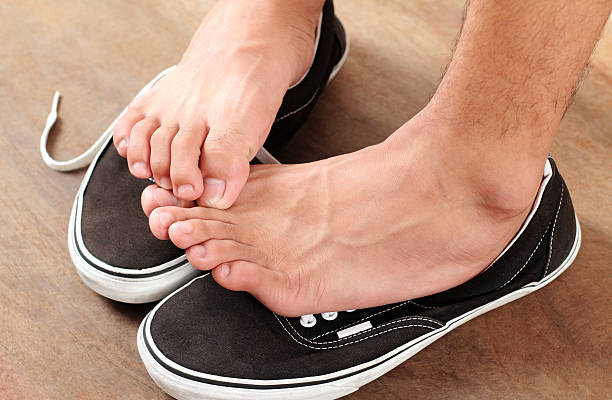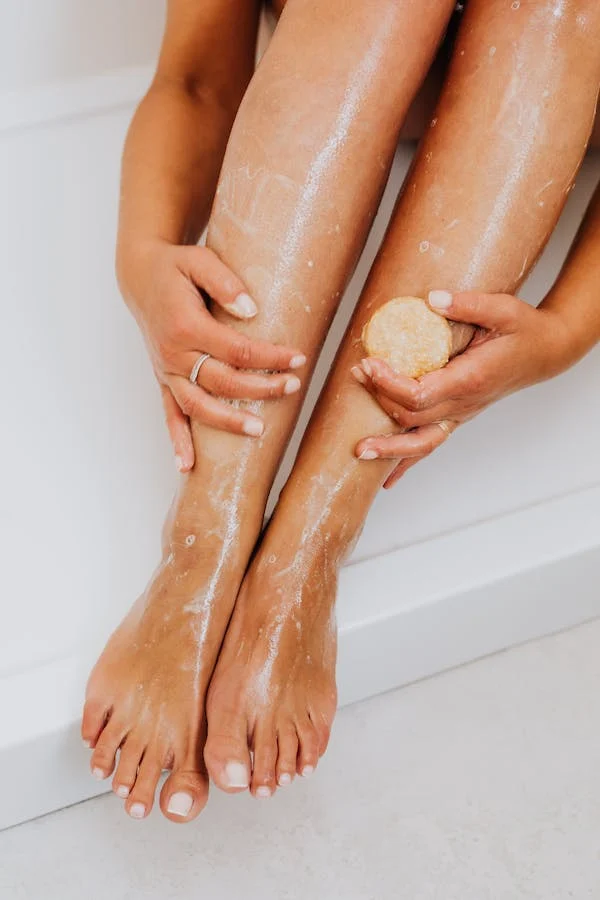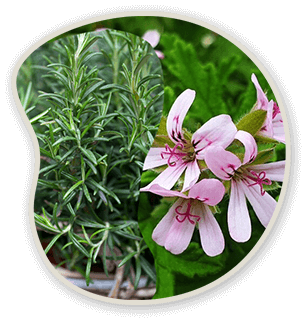
Common Foot Diseases:
Understanding Common Foot Diseases and Their Impact:
Healthy nails are a reflection of overall foot health, and understanding common foot diseases is crucial for maintaining nail and foot health. This comprehensive guide explores various foot diseases and offers tips to keep your nails and feet in top condition.
Athlete’s Foot (Tinea Pedis)
Athlete’s foot is a common fungal infection affecting the skin on the feet, particularly between the toes. It thrives in warm, moist environments, such as gyms, locker rooms, and swimming pools. Symptoms include itching, redness, and peeling skin.
Prevention and Treatment:
- Keep Feet Dry: Ensure your feet, especially between the toes, are dry. Use foot powder if necessary.
- Wear Breathable Shoes: Opt for shoes made of breathable materials to reduce moisture.
- Use Antifungal Treatments: Over-the-counter antifungal creams can be effective in treating athlete’s foot.
Bunions (Hallux Valgus)
Bunions are bony bumps that form on the joint at the base of the big toe. They develop due to pressure on the big toe joint, causing the toe to lean towards the others, leading to pain and deformity.
Prevention and Treatment:
- Wear Proper Footwear: Choose shoes with a wide toe box to reduce pressure on the big toe.
- Use Protective Pads: Bunion pads can cushion the affected area.
- Consider Surgery: In severe cases, surgical intervention may be necessary to realign the toe.
Plantar Fasciitis:
Plantar fasciitis involves inflammation of the plantar fascia, a thick band of tissue running across the bottom of the foot. This condition causes sharp heel pain, especially in the morning.
Prevention and Treatment:
- Stretch Regularly: Stretching exercises for the foot can help relieve tension in the plantar fascia.
- Use Orthotics: Custom orthotic inserts provide support and reduce strain.
- Rest and Ice: Resting and applying ice can reduce inflammation and pain.
Corns and Calluses:
Corns and calluses are thickened layers of skin that develop due to repeated pressure or friction. Corns typically form on toes, while calluses appear on the soles.
Prevention and Treatment:
- Wear Comfortable Shoes: Properly fitted shoes reduce friction.
- Use Protective Pads: Corn pads and callus cushions can prevent further irritation.
- Moisturize: Regular moisturizing keeps skin soft and reduces the formation of hard skin.
Ingrown Toenails:
Ingrown toenails occur when the edge of a toenail grows into the surrounding skin, causing pain, swelling, and sometimes infection.
Prevention and Treatment:
- Trim Nails Properly: Cut toenails straight across and avoid rounding the corners.
- Wear Appropriate Footwear: Avoid tight shoes that press on the toes.
- Soak and Lift: Soaking the foot in warm water and gently lifting the nail edge can help relieve discomfort.
Diabetic Foot Problems:
Diabetes can lead to various foot issues, including ulcers, infections, and neuropathy (nerve damage). Proper foot care is essential to prevent complications.
Prevention and Treatment:
- Inspect Feet Daily: Check for cuts, blisters, and other abnormalities.
- Maintain Blood Sugar Levels: Proper diabetes management reduces the risk of foot problems.
- Wear Diabetic Socks and Shoes: These are designed to reduce pressure and prevent injuries.
Heel Spurs:
Heel spurs are bony growths on the heel bone often associated with plantar fasciitis. They cause pain and discomfort, particularly when walking or standing.
Prevention and Treatment:
- Use Orthotic Inserts: These can cushion the heel and reduce pain.
- Stretching Exercises: Regular stretching can alleviate tension.
- Pain Relief: Over-the-counter pain relievers and ice can help manage symptoms.
Morton’s Neuroma:
Morton’s neuroma is a thickening of the tissue around a nerve leading to the toes, causing sharp pain, burning, or numbness.
Prevention and Treatment:
- Choose Proper Footwear: Shoes with a wide toe box and low heels reduce pressure on the nerve.
- Use Metatarsal Pads: These pads relieve pressure on the affected area.
- Consult a Doctor: In severe cases, medical intervention may be required.
Blisters:
Blisters are small pockets of fluid that form on the skin due to friction or burns. They commonly occur on feet due to ill-fitting shoes.
Prevention and Treatment:
- Wear Properly Fitted Shoes: Ensure shoes are neither too tight nor too loose.
- Use Blister Pads: Protective pads can prevent blisters.
- Keep Feet Dry: Moisture-wicking socks help reduce friction.
Flat Feet (Fallen Arches)
Flat feet, or fallen arches, occur when the arches of the feet are flattened, causing pain and discomfort, particularly during physical activity.
Prevention and Treatment:
- Supportive Footwear: Shoes with good arch support can alleviate pain.
- Orthotic Inserts: Custom orthotics provide additional support.
- Strengthening Exercises: Exercises to strengthen the foot muscles can improve arch stability.
Claw Toe and Hammer Toe:
Claw toe and hammer toe are deformities where toes are bent into a claw-like or hammer-like position, causing pain and difficulty walking.
Prevention and Treatment:
- Wear Proper Shoes: Shoes with a spacious toe box can prevent worsening of the condition.
- Toe Exercises: Stretching and strengthening exercises can help.
- Surgical Options: In severe cases, surgery may be required to correct the deformity.
Tips for Maintaining Healthy Nails and Feet:
Maintaining healthy nails and feet involves regular care and attention. Here are some tips:
- Keep Nails Clean and Trimmed: Regularly trim nails straight across and keep them clean to prevent infections.
- Moisturize: Use foot creams to keep the skin soft and prevent dryness.
- Wear Proper Footwear: Choose shoes that fit well and provide adequate support.
- Inspect Your Feet: Regularly check your feet for any signs of infection, injury, or abnormalities.
- Stay Active: Regular exercise promotes good circulation and foot health.
Understanding common foot diseases and taking proactive steps to maintain healthy nails and feet can prevent many problems. Proper foot hygiene, suitable footwear, and regular check-ups are essential for keeping your feet in top condition. By following these guidelines, you can enjoy healthy, pain-free feet and nails.


